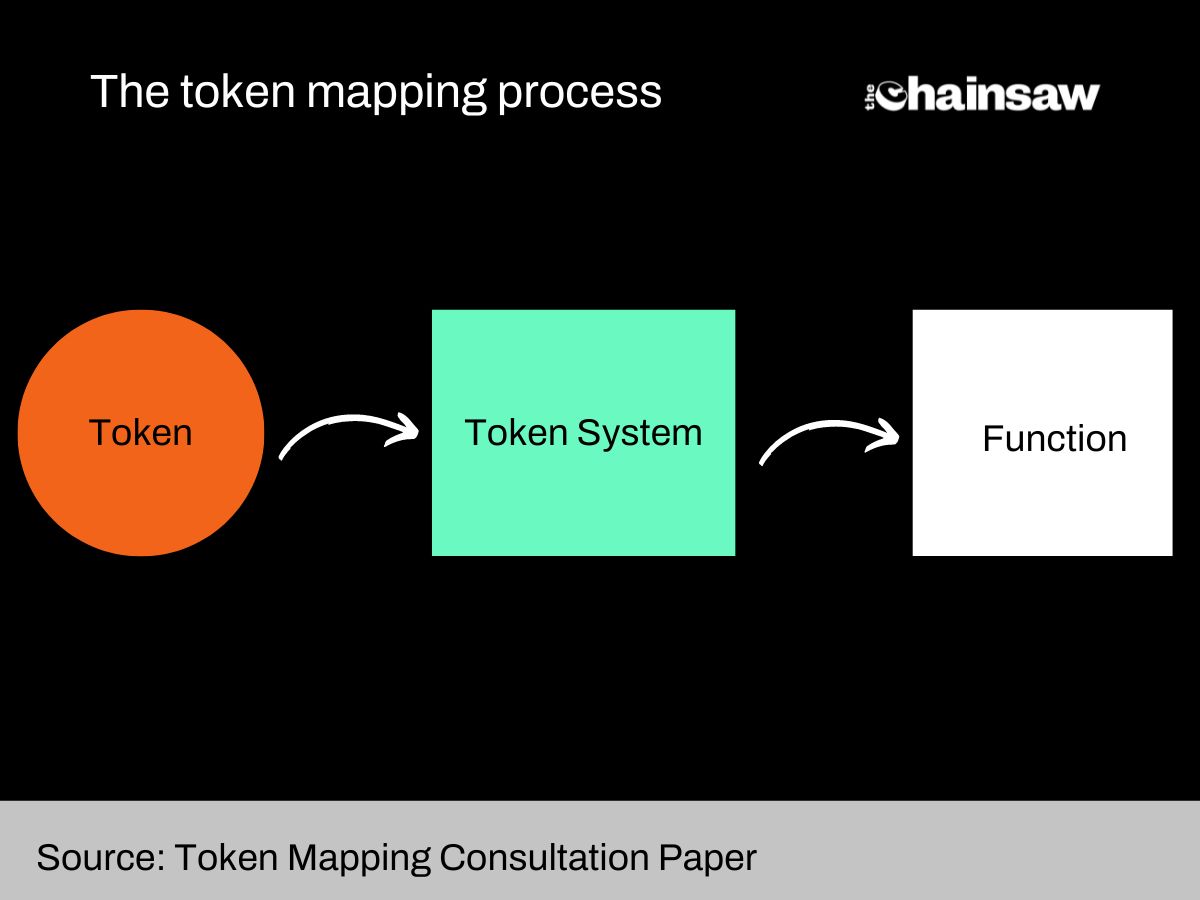In August last year, the Australian government committed to a ‘token mapping exercise’ as part of its commitment to crypto reform, and today, it demonstrated progress in that regard by releasing a Token Mapping Consultation Paper. And they’re looking for your feedback.
Background to crypto reform
According to the statement, over a million Aussies are expected to include crypto in their FY2022 tax returns, suggesting that it is an area the government needs to get a handle on.
What then is the point of the token mapping exercise? According to the consultation paper, to “[improve] the way Australia’s regulatory system manages crypto assets – to provide greater protections for consumers and keep up with technological developments”.
It added further that “token mapping plays a critical role in understanding the crypto ecosystem and ensuring a consistent and fair approach to the regulation of crypto assets in Australia. Primarily, this paper explores where existing regulation applies and helps set the path for future reforms”.
Okay, got it. Basically the government is laying down the foundation to understanding how to regulate the crypto sector and token mapping is the first step.
As a starting point, the paper recognises that the “crypto ecosystem is not a homogenous industry or sector”, adding further that crypto assets are similarly not a homogenous asset class.
Why now?
At a high-level, it comes down to risks. Broadly speaking, the paper identifies a few risks that the token mapping exercise purports to address as part of its commitment to crypto reform.
The first is the “significant risks” posed by crypto to consumers as they are “still commonly associated with speculative trading”. The other relates to risks posed to the traditional financial sector and its stability, as it becomes increasingly intertwined with traditional finance.
It’s not all doom and gloom though, as there is a section specifically devoted to the potential opportunities that the crypto sector brings to Australia’s already “thriving community of crypto ecosystem businesses, including network infrastructure providers, code auditors, trading platforms, online gaming companies, and software engineers.
Adding further, the paper adds that:
“If the crypto ecosystem matures and develops, it could open significant new opportunities for businesses and consumers alike, creating jobs and fostering innovation”.
Alright, that’s just another way of saying that we need to find a suitable framework that mitigates the risks and doesn’t pour cold water all over the sector.
Token mapping explained
With the background out of the way, what is token mapping exactly?
It is said to be “the process of identifying the key activities and functions of products in the crypto ecosystem and mapping them against existing regulatory frameworks”.
At a high-level, it involves a functional approach which involves “identifying the key economic functions performed by crypto activities; and then mapping those activities to those performed in traditional finance”.

Credit: Token Mapping Consultation Paper
If you’re already familiar with crypto and the shift towards crypto reform, you’ll understand that the process is complex. There are so many different elements comprising the crypto ecosystem – from DeFi and NFTs to all types of tokens and tokenised real-world assets.
The bottom line is that if you want to dig into the details of how the government proposes to regulate and review each, there’s no getting around reading the 59-page consultation paper in its entirety.
Instead, let’s focus here on the big picture and how the government is framing the issues.
It proposes a token mapping framework that relies on three key concepts: tokens, token systems and functions. These concepts are represented by the circle, square, and diamond graphic throughout the paper. The token, token system, and function framework can then be used to consider the various products within the crypto ecosystem, and to assess them against the functional perimeter.
Token Mapping: Complicated
Beyond that, it gets super complicated really quickly. However, with that said, here are the key themes you should be aware of that the paper addresses:
- It aims to create a taxonomy map to help understand the “universe of crypto tokens”.
- It describes how some crypto asset services may be financial products when mapped against the financial services framework.
- It addresses the issues of ‘wrapped tokens’, DAOs, smart contracts, stablecoins, and tokens that represent real-world assets.
- It dives into the question of how one determines whether a DeFi product or service meets the definition of a financial product in the Corporations Act.
Rounding things out, the paper concludes by saying that its intention is “to build a shared understanding of the crypto ecosystem”. The overall purpose being to “assist industry, regulators, and consumers in navigating the crypto ecosystem and its interaction with financial services laws”.
Recognising that the crypto sector is far from homogenous, it calls upon the public and industry leaders to help respond to the consultation questions that are posed throughout. Feedback is open until March 3, 2023.
If you’re so inclined, get involved to make your voice heard. Crypto regulation in Australia may just depend on it.





